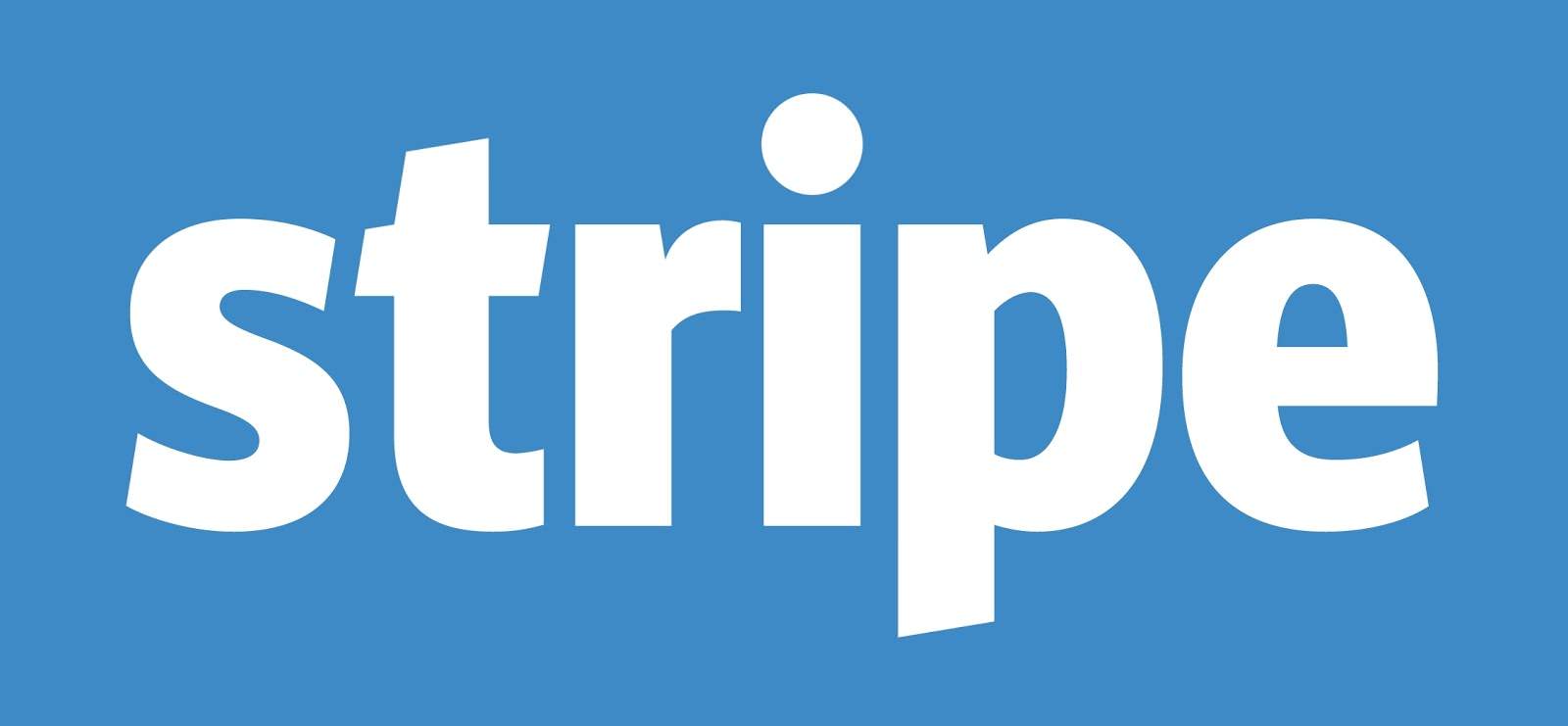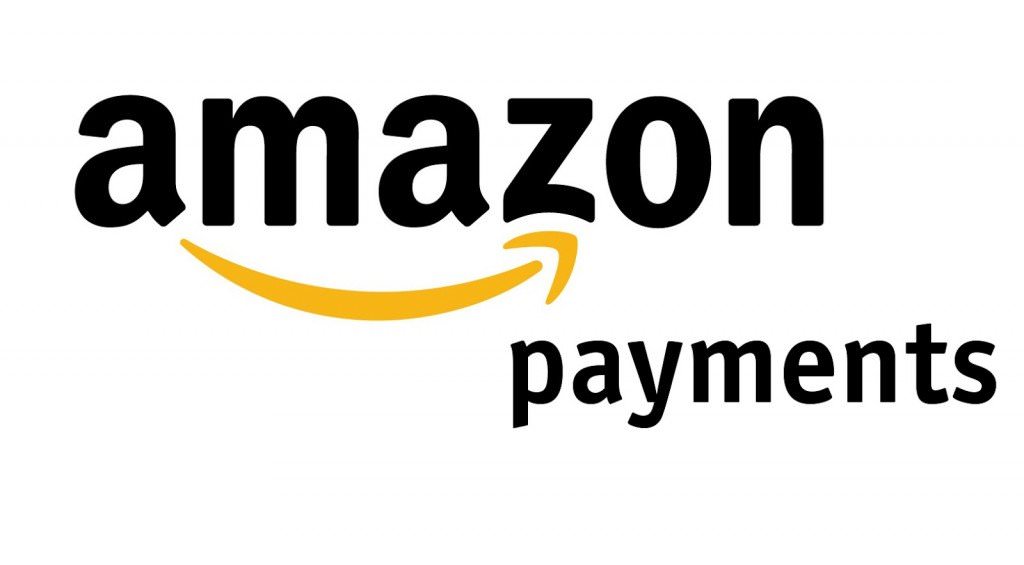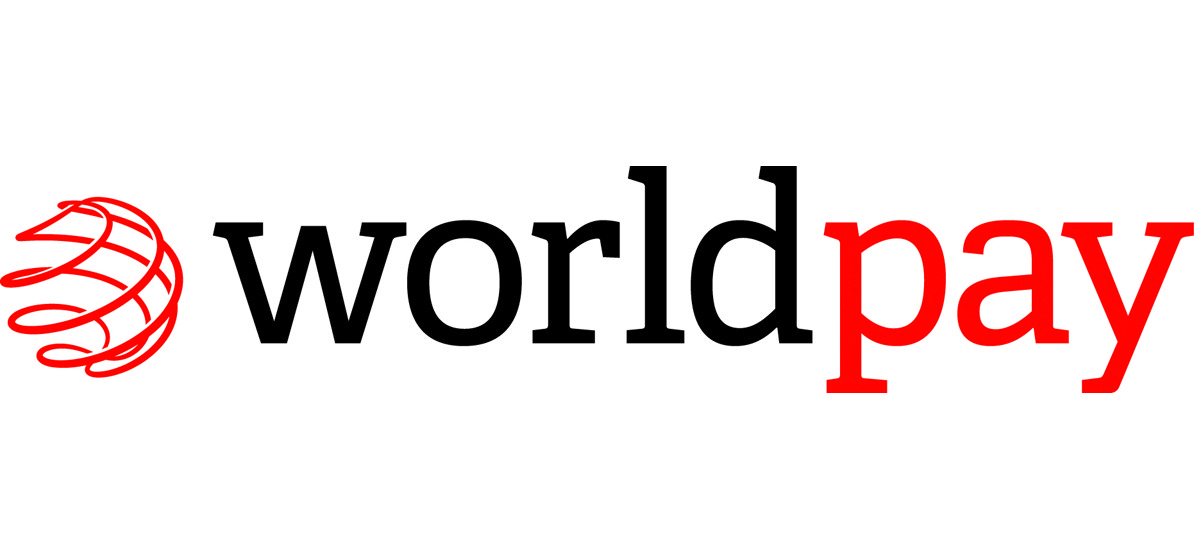If you’re running an online business, you need a way to accept payment. After all, you’re not running a charity. You’re trying to get your product or service in the hands of as many people as possible.
But choosing the proper payment gateway can be a confusing experience. So many different things to consider! So many different options! Which is the right one? Does it even matter which one you choose?
Yes…it does.
In this post, we’re going to examine the most popular payment gateways to help you decide which one is right for your business. Then we’re going to give you two important questions to ask before selecting your gateway.
What Is A Payment Gateway?

Simply put, a payment gateway is how you accept customer payments on your website. Unless you’re running a shady side business that only accepts suitcases full of cash, you’ll need some method of accepting credit cards on your site. Hence, the payment gateway.
Choosing the right payment gateway is crucial for several reasons:
-
Costly lost sales
.
If your payment gateway doesn’t work properly or look professional, people will abandon their shopping carts, costing you precious sales. -
Customer confidence.
You want customers to feel like you’re a legitimate business, which means you need to accept widely used forms of payment.
When you only accept a single, obscure type of credit card, people won’t purchase from you.
According to WorldPay, alternative payment methods (other than debit and credit) are going to account for up to 59% of all transactions in 2017, and your payment gateway must be able to handle that variety.
-
Conversion rates.
If customers don’t have a smooth checkout experience, they will vanish quicker than Donald Trump sending out an ill-advised Tweet.Your payment gateway should be quick, effective, and able to handle a variety of transactions.
In fact, a survey by YouGov found that a whopping 50% of people would cancel their purchase if their preferred payment method was not available. -
Cost.
Unfortunately, payment gateway companies aren’t providing their services out of the goodness of their hearts. They need to make money as well, and to do that they charge a variety of fees. Some charge an initial signup fee plus a transaction fee, while others are free and charge a transaction fee. When choosing your gateway, you want to evaluate the overall cost to your business.
Thankfully, you have several outstanding options to choose from when it comes to payment gateways. Let’s look at a few of them.
PayPal
Typically, PayPal is used as an “alternative” payment gateway in addition to a standard debit/credit processor, and it works well for those who don’t want to enter their information directly into a website.
Average Cost:
2.9% + $0.30 transaction fee
Advantages:
- Familiar name to almost all customers, meaning they feel safe using it.
- Large user base (165 million people).
- Many people already have money in their accounts, making it simple to purchase through PayPal.
- Handles international payments effectively by serving local currencies.
- Works across all platforms since it is hosted on a separate site. If you use PayPal Express, you can avoid redirecting to another site.
Disadvantages:
- It’s more expensive. Some account may see monthly fees in addition to transaction fees.
- If you don’t use PayPal Express, customers will be redirected to another site, possibly hurting your conversion rates.
Stripe

Stripe has become a big player in the payment gateway market in recent years, allowing merchants to easily integrate it with their websites. This simple difference can mean a jump in conversion rates since customers don’t need to leave the site.
Average Cost:
2.9% + $0.30 transaction fee. 3.9% fixed international fee.
Advantages:
- Accepts 6 credit cards types versus the 5 that PayPal accepts.
- Can be cheaper than PayPal since there are no monthly account fees.
- Accepts more currencies than PayPal.
Disadvantages:
- Still somewhat expensive to use with a 2.9% transaction fee plus 30 cents per transaction.
- It requires integration with websites, meaning some technical assistance may be required.
- They only provide email support.
Amazon Payments

If you’ve purchased something on Amazon, you know how incredibly simple it is. Many times you can order things with a single click, which can be dangerous when you’re lacking impulse control. Amazon built their payment gateway to allow you to give customers the same smooth, seamless checkout process.
Average Cost:
2.9% + $0.30 per transaction and a $20 chargeback fee
Advantages:
- Customers can use their Amazon 1-click information, which can dramatically increase conversions.
- Amazon is a trusted ecommerce name and brand.
- Sellers are protected against fraud through Amazon.
Disadvantages:
- For some bizarre reason, Amazon only lets customers purchase 20 items in a single transaction. If you anticipate selling more, this could be a problem.
Authorize.net
 Authorize.net has been in the payment gateway space for a long time (since 1996), and they have a lot of experience. They offer quite a few features that other companies don’t, and they’re owned by Visa, so you’re dealing with a reputable company. Unfortunately, they’re also pretty pricey.
Authorize.net has been in the payment gateway space for a long time (since 1996), and they have a lot of experience. They offer quite a few features that other companies don’t, and they’re owned by Visa, so you’re dealing with a reputable company. Unfortunately, they’re also pretty pricey.
Average Cost:
$49 setup fee, $25 monthly fee, $25 chargeback fee. 2.9% + $0.30 transaction fee.
Advantages:
- Numerous features available found nowhere else, such as various security settings, fraud protection services, and subscription handling.
- Very good support team available to help when you run into issues.
- Owned by Visa.
- Easy to integrate across a variety of platforms.
Disadvantages:
- It’s expensive. Yes, it offers more features, but you’re paying more for those features.
- It requires some additional steps to ensure you’re in legal compliance.
- It requires a merchant account.
- If you decide to move off the Authorize.net platform, it can get very complicated to transfer your data.
WorldPay
 WorldPay has been processing payments since 1994, giving them a large amount of experience in the payment gateway arena. They’re a large company, with over 150,000 clients in the United States alone. They do require a contract, however, which can be a significant downside.
WorldPay has been processing payments since 1994, giving them a large amount of experience in the payment gateway arena. They’re a large company, with over 150,000 clients in the United States alone. They do require a contract, however, which can be a significant downside.
Average Cost:
Signature debit transactions at 0.99%. Standard credit transactions at 1.99%. Rewards credit transactions at 2.6%. Corporate, T&E, Keyed-In credit transactions at 3.30%. $0.20 per-transaction fee.
Advantages:
- Lower transaction rates.
- Larger company.
Disadvantages:
- 3-year contract required with a cancellation fee if you opt out early.
- Numerous fees and charges which can hurt profits.
- Poor customer service.
Two Considerations When Choosing Your Gateway
When deciding on your payment gateway, you need to ask yourself at least two questions.
1 – Will it easily integrate with my website/platform?
If it will cost you time and money to integrate your payment gateway into your website, you may want to consider choosing another. Also, if you have an older site or platform, the gateway may not easily work with your setup, requiring you to upgrade.
2 – Will this gateway help my business grow?
Does the payment gateway offer an incredibly smooth checkout process for customers? Are they any weird delays or hitches? Are customers forced to use another website. You want to create a seamless, simple, hassle-free process for your customers.
It’s tempting to choose the solution that costs the least, but that’s not always the ideal choice. Ultimately, a low cost solution can drive customers away through an unpleasant checkout experience. Put yourself in the shoes of your customers. What will keep them coming back again and again?
Conclusion
Growing a business is exciting. Seeing sales come pouring in is a shot of energy that helps you keep going even when things get tough. Choose the payment gateway that will work best with your company. Take time to do the research and read the reviews. Ask other online business owners what gateway they’ve used.
Yes, it may be tedious, but it’s worth your time. And money.
The 5 Minute Guide to Scaling Your Shopify Shipping Strategy
Automate Your Fulfillment & Shipping

Ready To Upgrade Your Logistic Solution?
Speak to Floship ecommerce logistic consultant about improving your global support chain today




